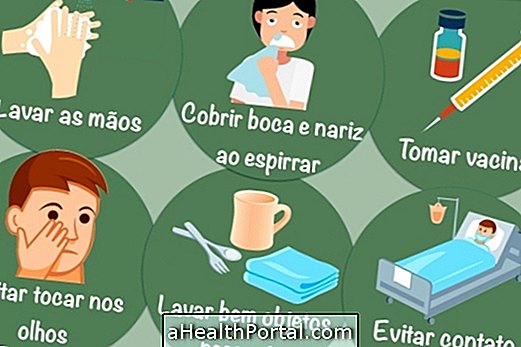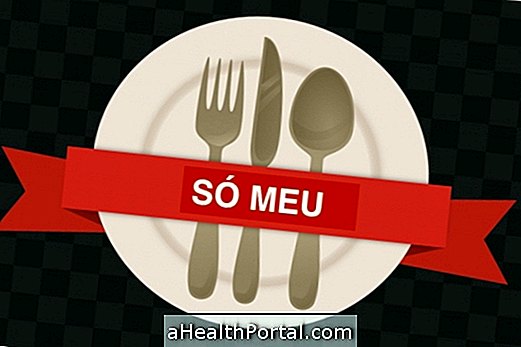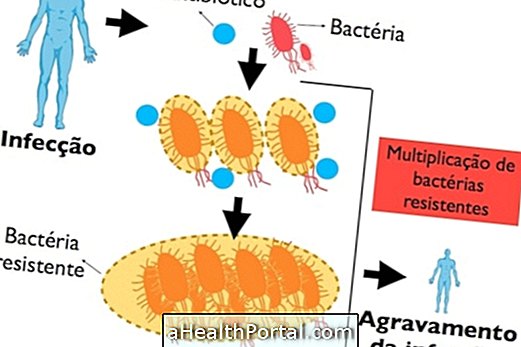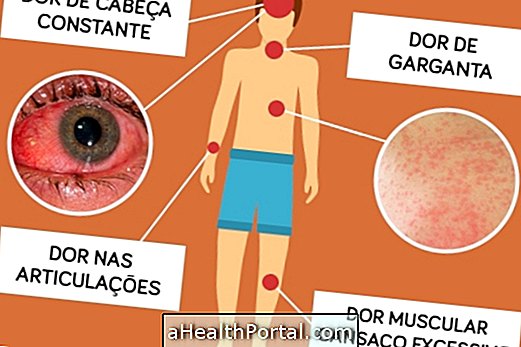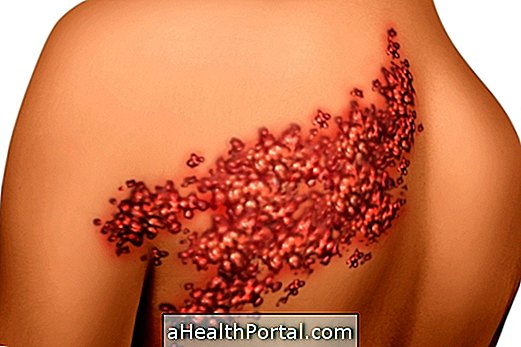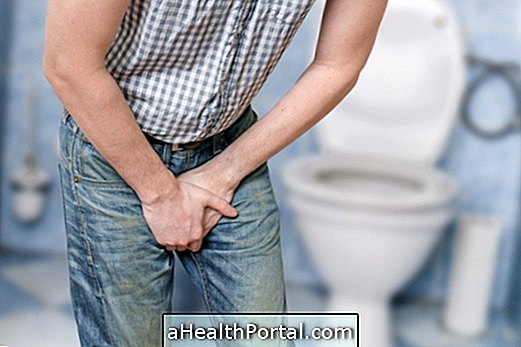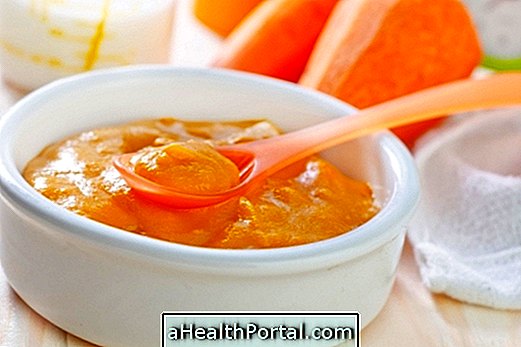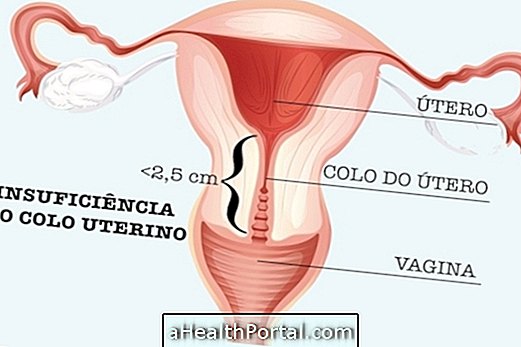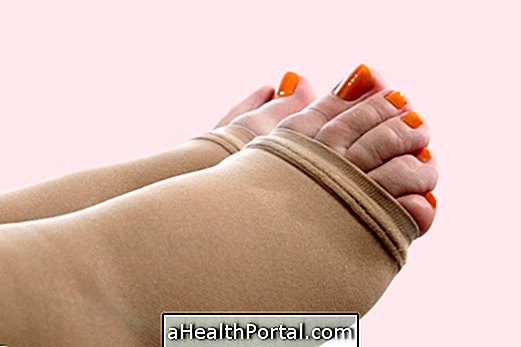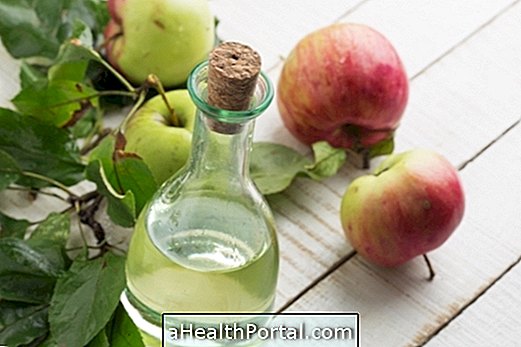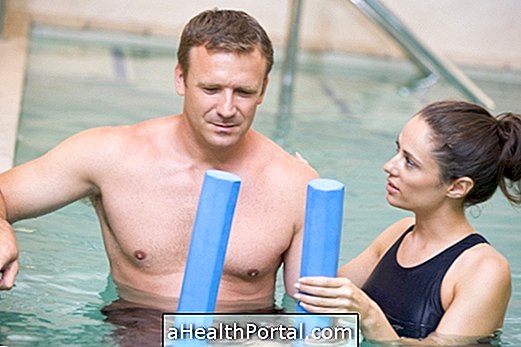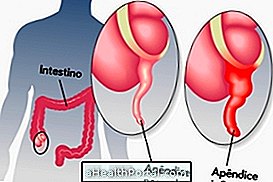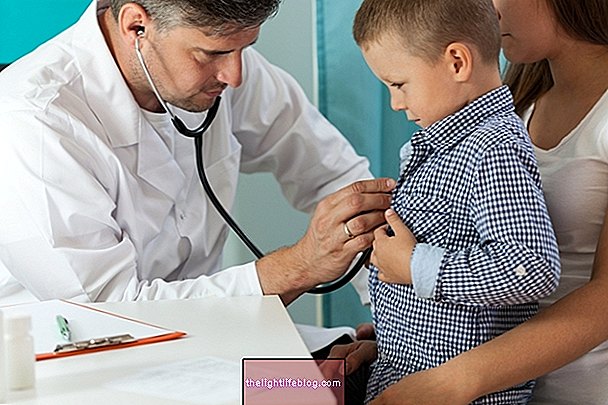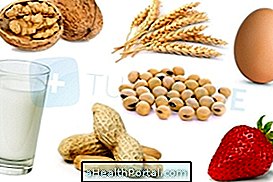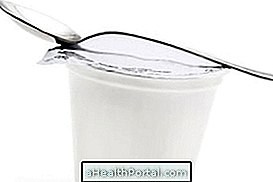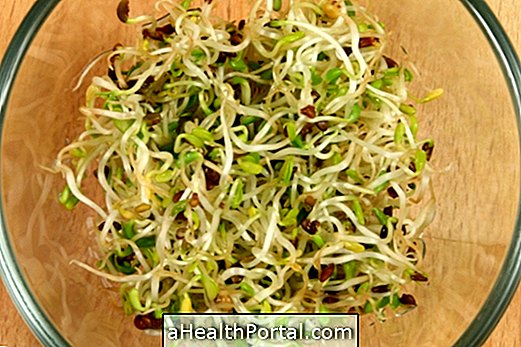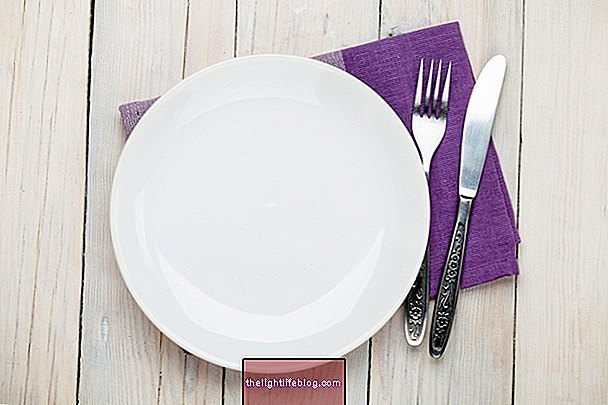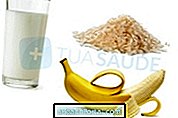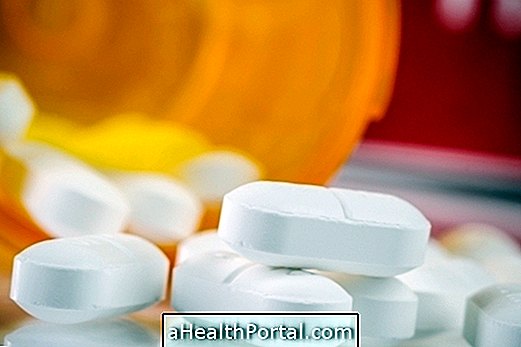Salmonellosis is a food poisoning caused by bacteria called Salmonella . The most common form of transmission of this disease to man is through ingestion of contaminated food, and poor hygiene habits.
Salmonella is a bacterium that acts on the intestines, where it multiplies can enter the bloodstream and reaches other organs thus increasing the severity of the infection. However, most of the time no specific treatment is required, controlling only the symptoms of vomiting and diarrhea, for example.
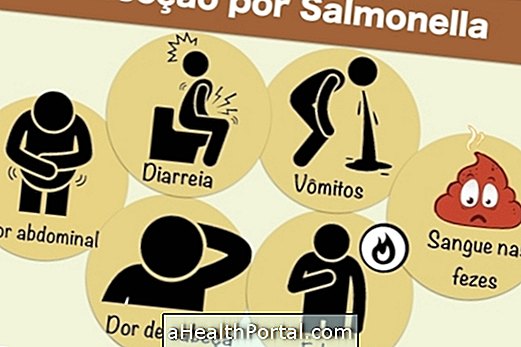
Symptoms of Salmonellosis
After infection with the bacteria, the symptoms of salmonellosis appear about 6 hours to 4 days after consumption of the contaminated food generating gastrointestinal discomfort, which causes:
- Belly pain;
- Diarrhea;
- There may be a fever;
- Chills;
- Headache;
- Malaise and vomiting;
- There may be blood in the stool.
These symptoms may persist for a week or more, and may be severe especially in young and old children, who become dehydrated more easily.
How contamination happens
This is an infection caused by Salmonella bacteria, present in human and animal feces that can be found in foods such as vegetables, eggs, fruit, unpasteurized milk, meats and contaminated water. The contamination with meat and egg happens when these foods are consumed raw or bad-past.
The diagnosis of this disease is made through fecal samples, and after diagnosis the treatment should be done with antibiotics, antipyretics, antiemetics and through the replacement of liquids to avoid dehydration.
When you need treatment for Salmonellosis
In some cases the salmonellosis can cause a great dehydration, being necessary the taking of serum. There is no need for specific treatment, only in extreme cases where there is a complication called septicemia, where antibiotics are required.
The duration of treatment depends on the affected organs of the age and health condition of the patients. When there is this complication can also appear other symptoms such as joint pain, difficulty in urinating, inflammation in the eyes and arthritis.
Here's how to prepare homemade whey in this video:

This homemade serum should be ingested as a substitute for water, and always after an episode of vomiting or diarrhea to replenish fluids and minerals.
How is the prevention of Salmonellosis
Salmonellosis can be prevented by proper handling and cooking. To avoid contamination, it is recommended to eat only well-seasoned meat, wash hands before handling and consume food, and avoid eating salads and fruits with bark at snack bars and restaurants, as the hygiene habits of these places are not known.
When washing the fruits and vegetables correctly, Salmonella is eliminated without any possibility of contamination. Here's how to wash the vegetables to eliminate this bacteria.
